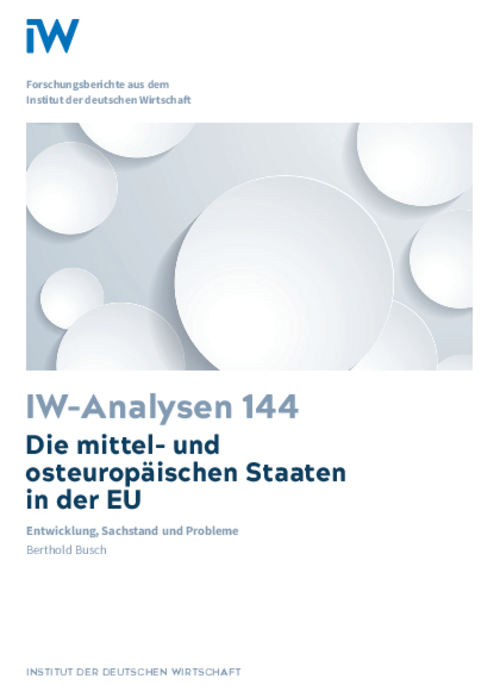In economic terms, the enlargement of the EU to include the Central and East ern European countries (CEECs) has been a success.

The Central and Eastern European Countries in the EU: Their development, the status quo and current issues

In economic terms, the enlargement of the EU to include the Central and East ern European countries (CEECs) has been a success.
The CEECs have all been effectively integrated into the common internal market and current economic developments point to ongoing convergence and increasing cohesion. Substantial financial resources from the EU budget have made a significant contribution to this process. In the political sphere, however, the balance is less positive. In some CEE countries, a tendency to revive nationalism can be observed and in recent years conflicts with the EU over the rule of law, democracy, and the independence of the judiciary have intensified. Attempts by the European Commission and the European Parliament to counter this phenomenon with both existing instruments and new procedures have so far proved unsuccessful. Indeed, these unresolved frictions have recently hampered agreement on the 2021–2027 Multiannual Financial Framework. The lessons to be learned from these developments need to be applied when further enlargements are considered.

The Central and Eastern European Countries in the EU: Their development, the status quo and current issues

More on the topic
![[Translate to English:] Das Gebäude des Weißen Hauses in Washington, D.C. in den Vereinigten Staaten von Amerika. [Translate to English:] Das Gebäude des Weißen Hauses in Washington, D.C. in den Vereinigten Staaten von Amerika.](/fileadmin/_processed_/c/1/csm_GettyImages-2161499385_White_House_Editorial_884306add8.jpg)
Trump or Harris or ...? What Europe must prepare for
A few months before the presidential election in the USA, Donald Trump has a good chance of being re-elected. On the Democratic side, the incumbent president has withdrawn his candidacy after a long period of hesitation, while Vice President Kamala Harris is ...
IW
Compendium 5.5: CO2 Regulation of Road Transport in Europe
With the Compendium CO2 Regulation in Europe, the IW has been providing the interested public with a comprehensive collection of data on the development of CO2 emissions from passenger car traffic in the European Union, as well as on the applicable regulatory ...
IW